The Top 5 Methods For Securing Your Enterprise Live Stream
As the utilization of live streaming grows, so does the complexity of securing them against unauthorized access, intellectual property theft, and cyber threats. For businesses, the stakes are even higher, as breaches can lead to significant financial loss, damage to reputation, and loss of customer trust.
In this context, securing live streaming content is not just a technical challenge but a business imperative. Below, we outline best practices for enterprises to safeguard their live streams effectively.
1. Implement Single-Sign-On
For enterprises, controlling who has access to live streaming content is crucial. Implementing Single Sign-On (SSO) solutions, such as Okta, can greatly enhance security. SSO not only simplifies access for legitimate users but also ensures that access is governed by the enterprise’s security policies, including multi-factor authentication, which adds an additional layer of security.
2. Ensure End-to-End Encryption

Utilizing a platform that provides end-to-end encryption is essential for protecting the confidentiality and integrity of live streamed content. End to end encryption ensures that data transmitted during the live stream is encrypted from the source all the way to the end viewer, making it inaccessible to hackers and unauthorized users. For enterprises, this means that sensitive information shared during internal meetings, product launches, or customer webinars remains private and secure from contribution to playout.
3. Leverage Multiple Content Delivery Networks
Using multiple Content Delivery Networks (CDN) enhances the security and performance of live streaming. CDNs distribute the streaming content across servers worldwide, reducing the risk of DDoS attacks and ensuring high availability for viewers globally. When you use multiple CDN providers it further amplifies these benefits.
4. Employ Advanced Access Restrictions

To further secure live streaming content, enterprises should consider employing advanced access restrictions such as password protection, IP whitelisting, domain (referrer) and geographical restrictions. This is especially important for content that is restricted to certain regions or intended for a specific audience.
5. Utilize Personalized Watermarking
Personalized watermarking adds an additional layer of security by embedding a unique marker into the video stream, which can identify the viewer or the source of a leak . For enterprises, this means that if a live streamed event is pirated, the source of the leak can be traced back, discouraging unauthorized sharing and distribution.
Conclusion
By utilizing the 5 methods we talked about above, enterprises can protect their live streams against a wide range of threats. In doing so, they safeguard their valuable content, preserve their reputation, and maintain the trust of their audience.
All of the above 5 security features are available for use at StreamShark, if you’re an enterprise interested in testing out our platform feel free to reach out to us here.
